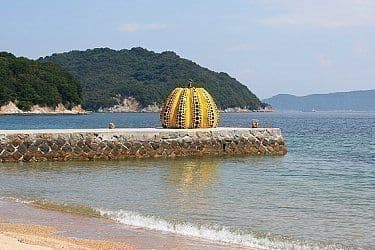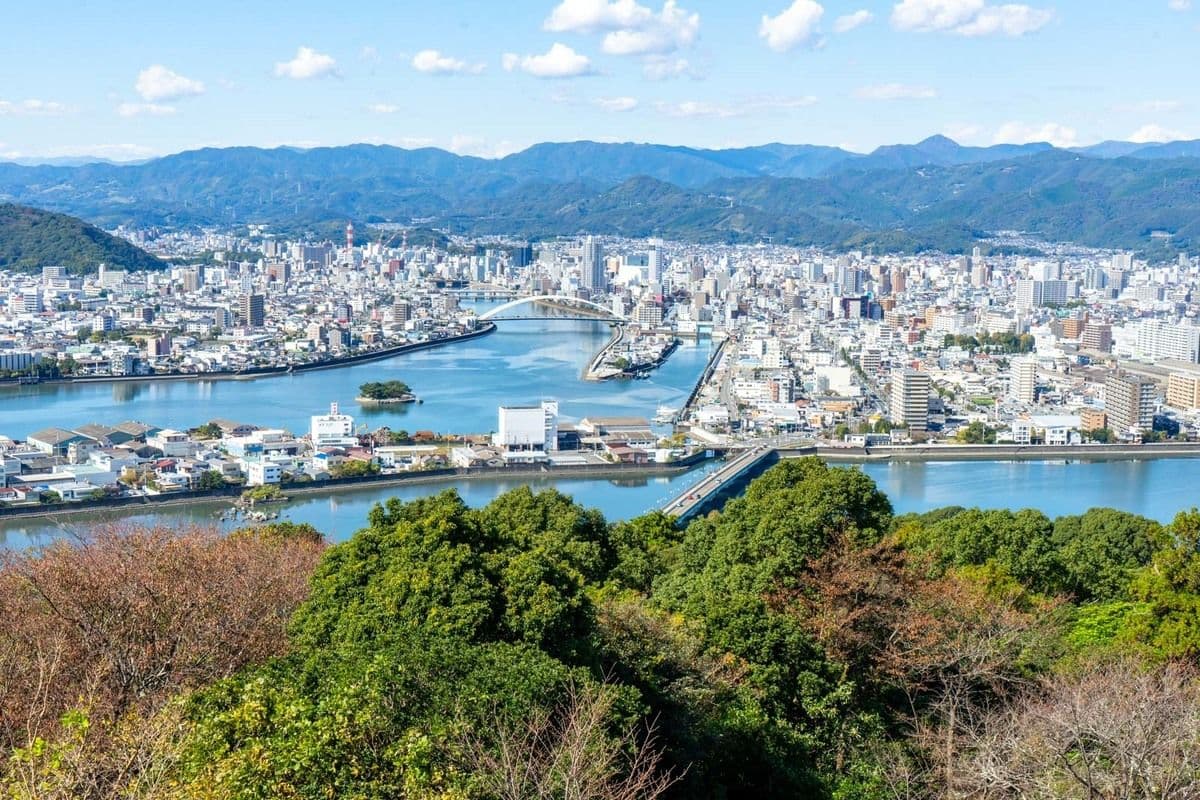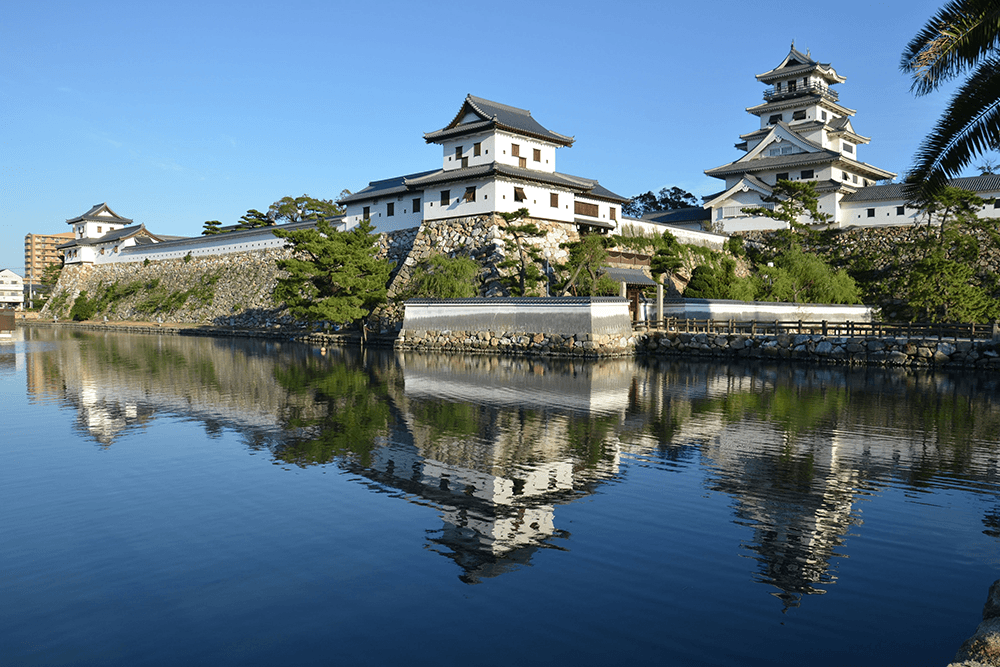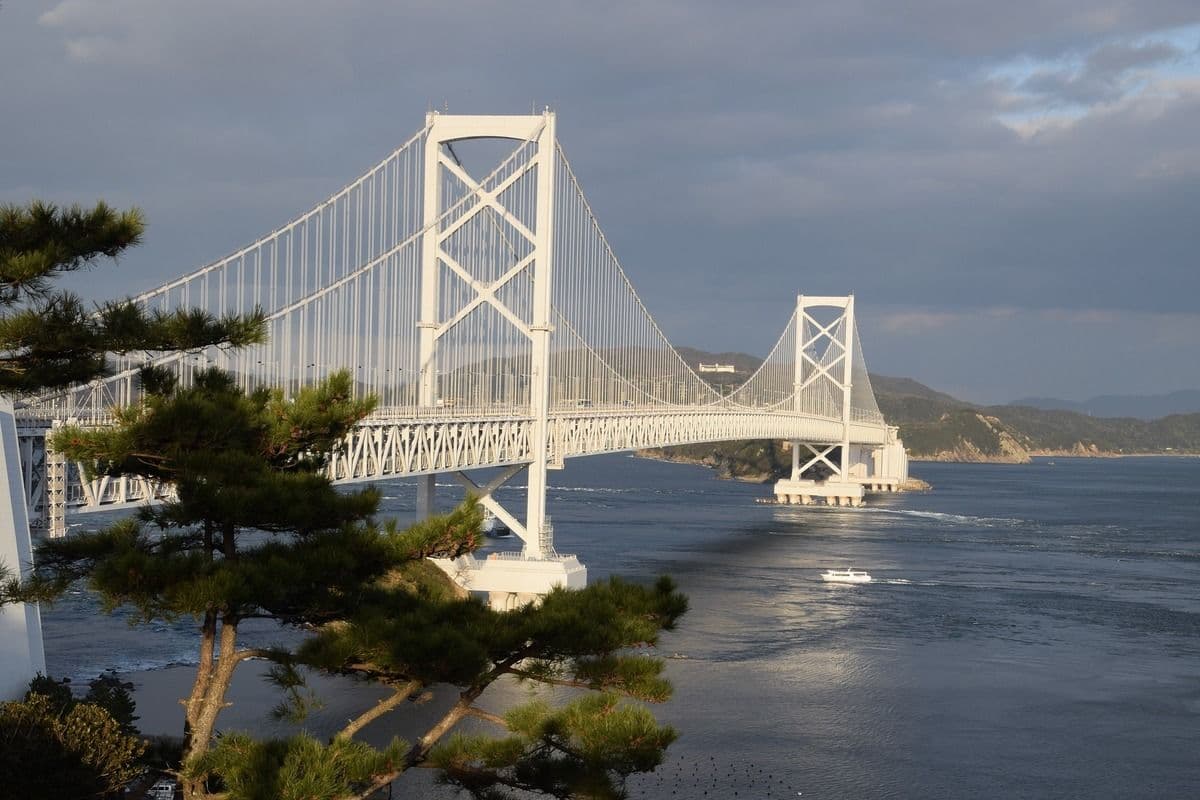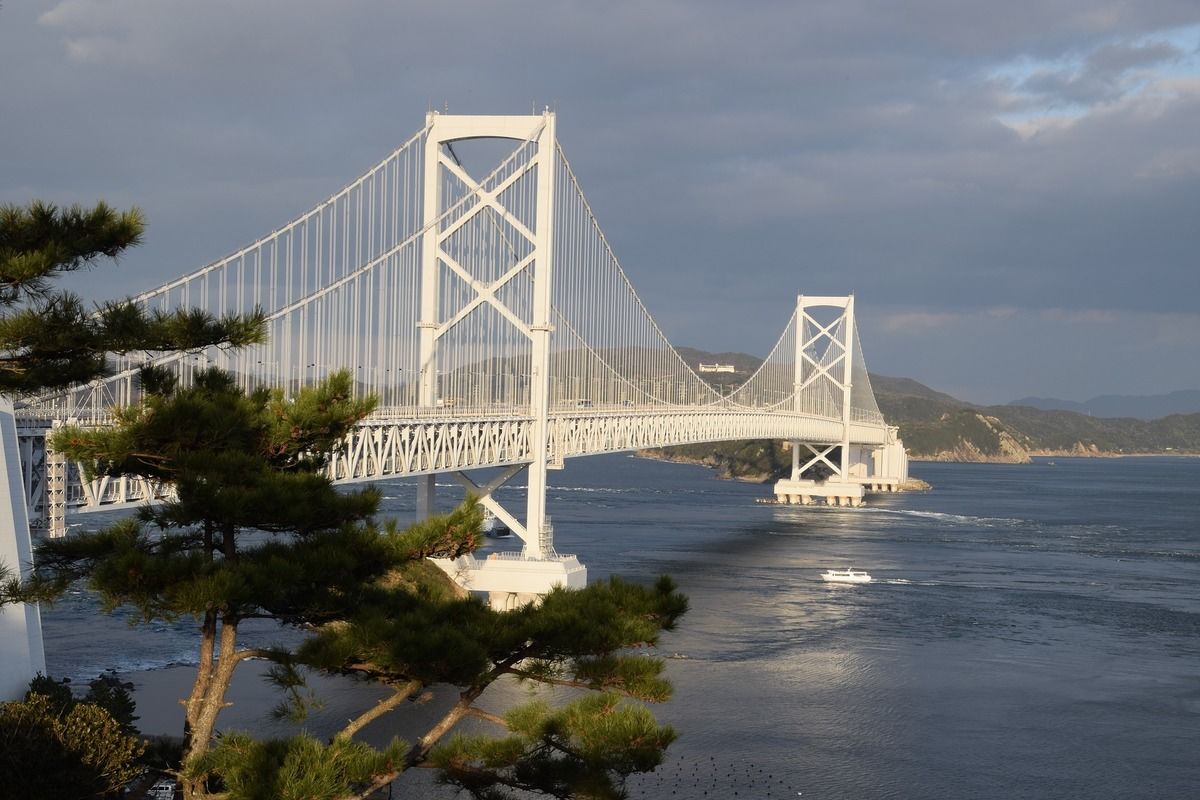
The second smallest of Japan’s main islands, Shikoku is known for its diverse and often stunning landscape, as well as the uniqueness of the local culture. There’s a great deal to the island, including picturesque settlements, the coast of the Seto inland sea in the north, and the expansive and mountainous region to the south.
Shikoku (四国) literally means “four provinces,” and that is precisely how this island is administered. Ehime, Kagawa, Kochi, and Tokushima are the four prefectures that make up Shikoku. The island is dominated by a mild-to-warm climate and is split between its populated northern region and its mountainous south by a large mountain ridge that runs east to west. The pleasant climate and the stunning natural scenery make it one of the more relaxing places to live in Japan, and many people seeking to get away from the intense bustle of Japan’s major cities move there.
5. To Live in a Different Japan…
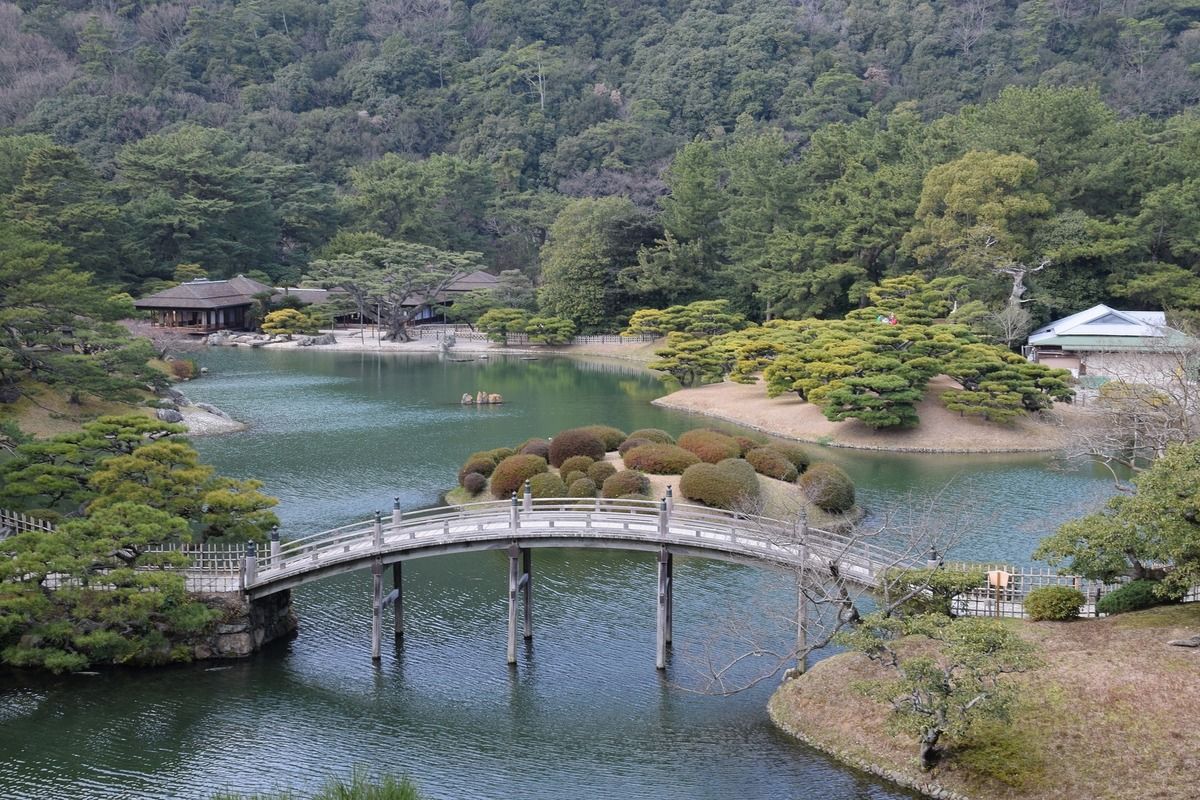
On Shikoku, life moves at a slightly slower pace than throughout the hectic neighborhoods of Tokyo or Osaka, and it has been much remarked upon that the island offers a more traditional Japanese lifestyle. The largest city – Matsuyama in Ehime prefecture – is pretty small by Japanese standards at a population of around half a million. Yet if you prefer temples to skyscrapers and castles to shopping centers, there’s much to enjoy in this city.
Matsuyama, much like the other Shikoku settlements of comparable size (Tokushima, Takamatsu, and Kochi), features well-preserved architecture from Japan’s past and traditional streetscapes and nature are never far away.
4. …Without Leaving the Old One Behind
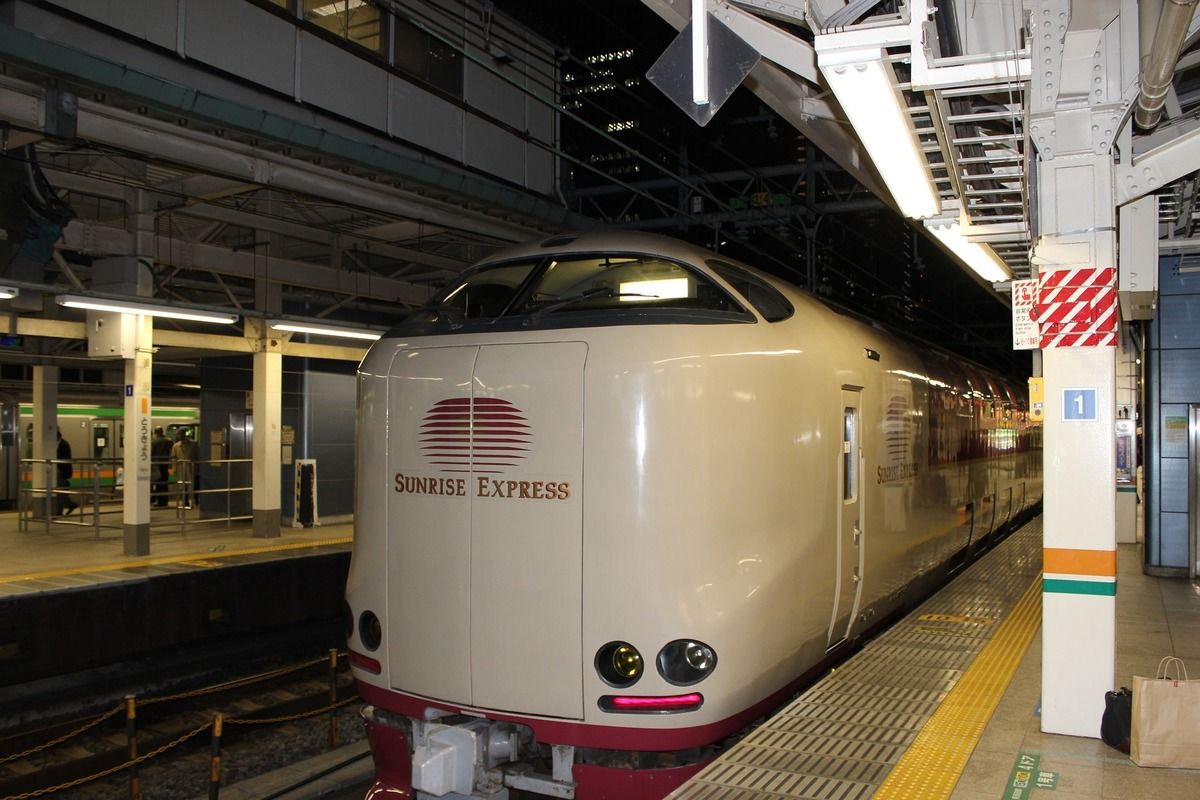
Much has been made of the idea of Shikoku as an “escape” from the mainstream Japanese metropolitan culture (and that it certainly can be) but north of the island’s great dividing mountain range, connections – physical and cultural – with adjacent Honshu are strong.
Links with Honshu comprise of grand series of bridges (with roads and railways) as well as ferry and air services. There is no bullet train on Shikoku, so connections with the rest of Japan will, of course, be a little slower, but you are by no means isolated.
3. To Experience a Unique Japanese Cuisine
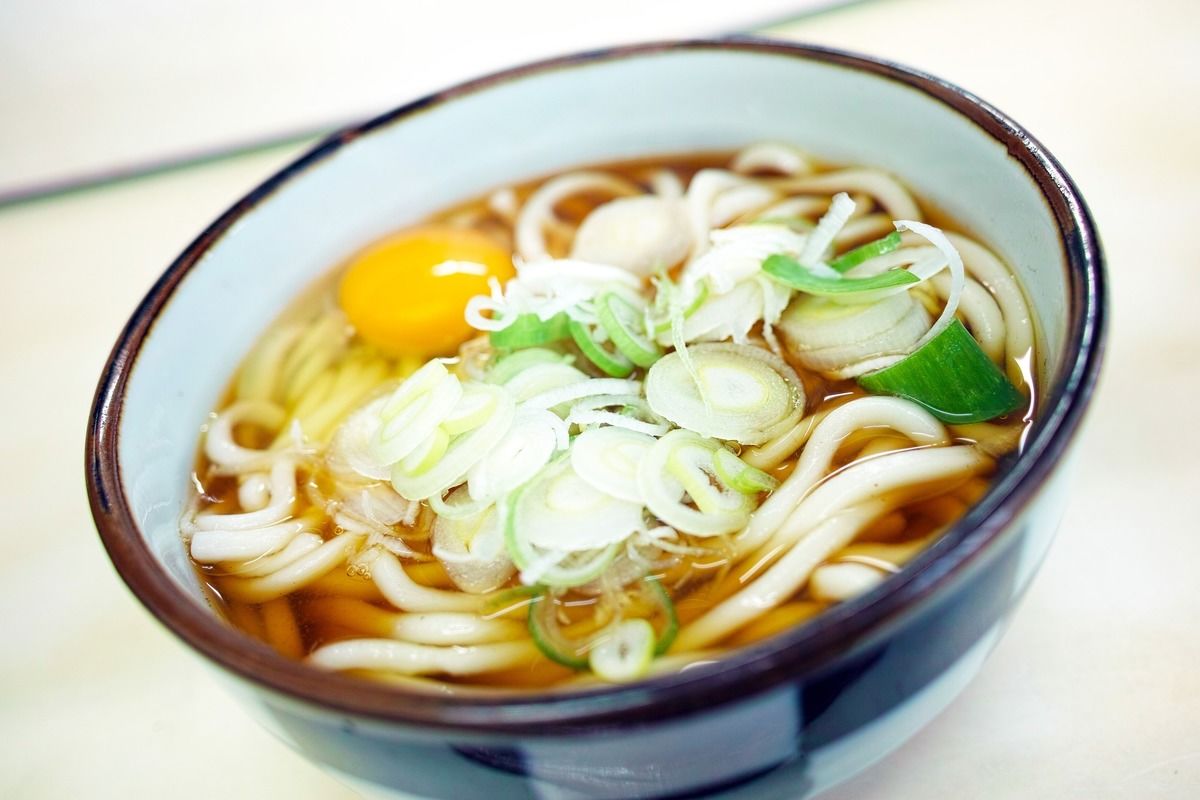
Most visitors to Japan have a general sense of Japanese cuisine: ramen, sushi, tempura, and everything else associated with a culinary culture, which has been such a successful export across the world. Japanese food, however, is far from monolithic and, as you might expect, has endless regional variations. Shikoku is no different.
One local dish which packs a powerful punch is Tokushima’s own variant of ramen, which is based upon the combination of short noodles and a pork bone soup. Richly flavored with soy sauce, is often topped with items such as pork belly or raw egg. It has quite a strong flavor but is a must to try if you’re in the region.
In Kagawa prefecture, you’ll encounter the renowned local udon. The noodles in this type of udon are eaten with all sorts of locally specific additions but are primarily known for their distinctive chewy texture. Both of these dishes represent an everyday Japanese culinary culture, which you’ll find yourself eating regularly. If we really are what we eat, moving to Shikoku will change you for good.
2. For Lower Rents and Costs of Living
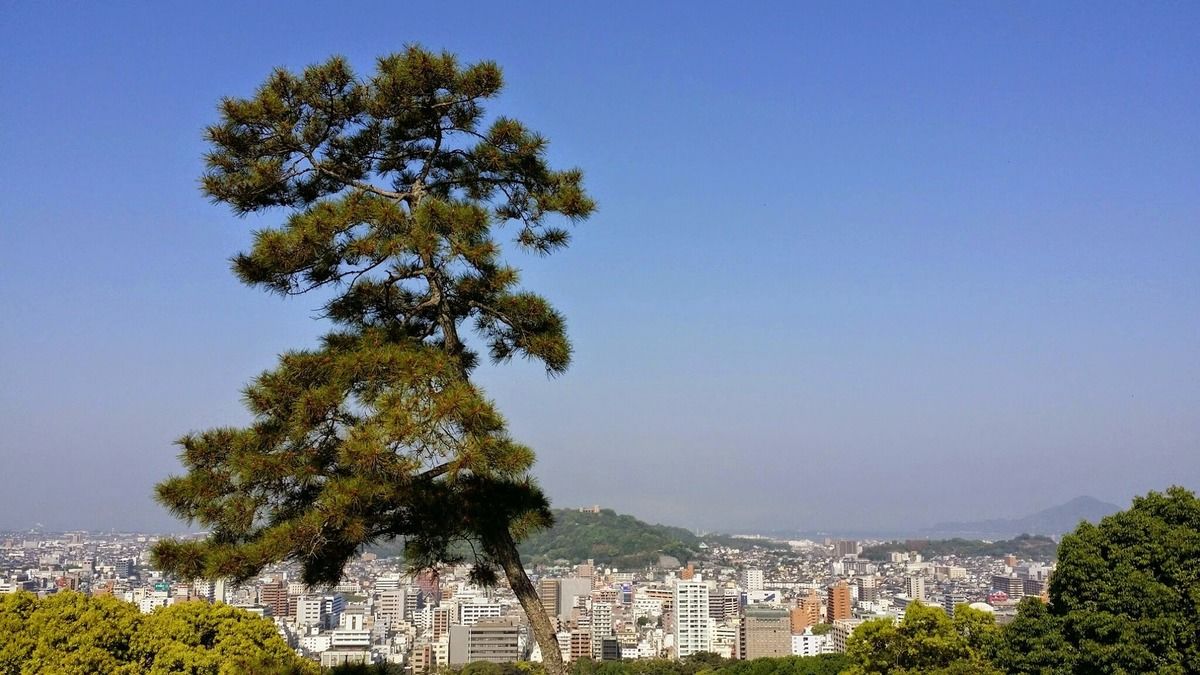
Shikoku is far from a backwater, but it’s certainly an area of Japan that sees fewer tourists, less international happenings, and less of the jaw-dropping rapid development that typifies Japan’s major metropolises. It could even be said that foreigners are still something of a novelty here.
The upside of this? Things tend to be cheaper; the cost of living, renting and property prices. And not just by a little bit either - you may find that an apartment can cost you under half that of a similar one in Tokyo. Of course, job opportunities and salaries are less here too, but even taking that into account, it’s much easier to get by in Shikoku.
1. For Your Health
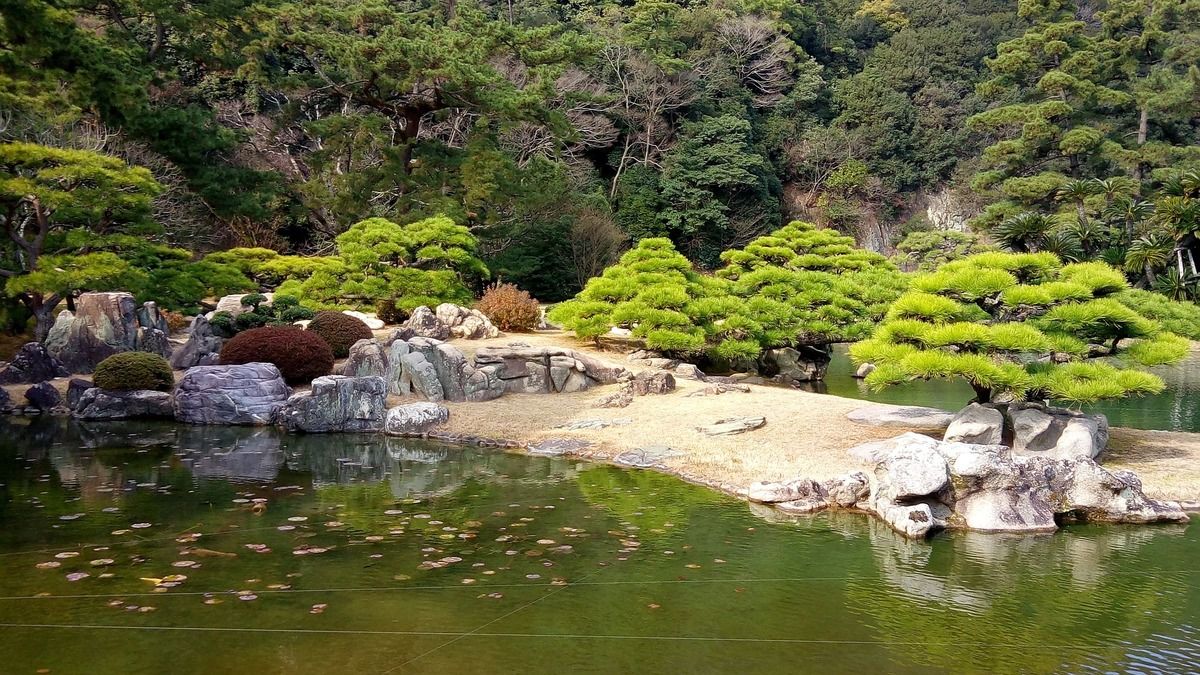
On Shikoku, nature reigns supreme. The island is, by Japanese standards, very sparsely populated. A mountain ridge running east to west divides the island into a northern populated zone and a vast southern region of mountains, lakes, and little in the way of major settlements.
Wherever you are, however, getting away from the city is not going to be particularly difficult. And it’s this combination of slower-paced living and ease of access to nature that makes Shikoku such an ideal place to recuperate or unwind.
And the good people of Shikoku haven’t been slow to realize the potential of their island; there are the hot springs of Oboke-Iyi, where you can bathe in the fatigue-healing waters as you take in truly stunning valley views, and also Angel Road, an island in the Seto Inland Sea and a popular resort. With all this on your doorstep, Shikoku is the place to go to take life slow.

Editorial Department
Bringing you the latest real estate & lifestyle news in Japan


